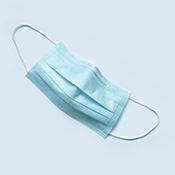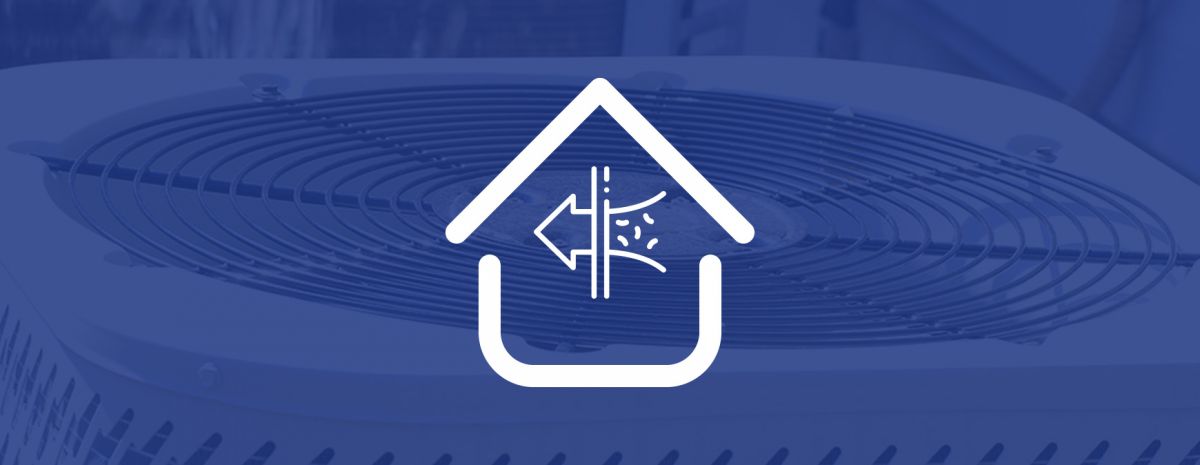RSI is a Great Training Option for Everyone
Learn more about how we can prepare you to advance your career.
Indoor air quality (IAQ) has long been an important HVAC maintenance consideration.1 And the pandemic has resulted in a greater focus on improving the quality of air people breath both in homes and in commercial buildings.2
One of the most effective ways to boost the IAQ of a building is to use an air cleaner, reports the Environmental Protection Agency (EPA).3
To give aspiring technicians in HVAC training a better understanding of how HVAC systems can boost indoor air quality, let’s take a look at one piece of equipment that’s been getting more attention lately: the air scrubber.
An Introduction to Air Scrubbers
What is an air scrubber? How does an air scrubber work? And how long should you run an air scrubber to clean the air in a home or building?
Get answers to these common questions about air scrubbers below.
Get Started on the Path to a New Career
Fill out our form to learn how we can help you change your life.
What Are Air Scrubbers?
An air scrubber is a piece of HVAC equipment designed to “clean” air by removing air pollutants through a process of searching and collecting.
These portable systems are capable of eliminating chemicals, gases and particles from the air within a residential, commercial and even industrial setting.
The amount of air that needs to be processed and the type of contaminants in the air will determine the air scrubber’s overall complexity and size.
What Does an Air Scrubber Do?
While an air purifier eliminates contaminants from within, an air scrubber uses another strategy for improving IAQ.
The majority of air pollutants contain a positive charge. One strategy for removing these pollutants from the air is to create a negative charge to attract these positively charged contaminants.
Air scrubbers use a sort of search and eliminate method that works to remove pollutants by increasing their electrical charge. These purification devices are constantly releasing negative ions into the air that eventually weigh down lighter, positively charged pollutants. This can make it easier to catch and eliminate them.
How Does an Air Scrubber Work?
Air scrubbers are installed directly into the ductwork of an HVAC system and can remove a variety of pollutants including dust, odors and pet dander, among others.
As air is pulled through the ductwork, an air scrubber creates negative ions that are released to attach to positively charged air pollutants that were too microscopic to get caught by a standard air filter.
Below is an overview of how an air scrubber works:
- A formation of small metal tubes resembling a honeycomb guides the air to an area with ultraviolet (UV) light, where negative ions are released into the air.
- Since many pollutants, such as allergens and bacteria, carry a positive charge, these negative ions bond to increase the weight and size of these particles.
- Due to their increased size, these larger particles are able to get caught in an HVAC air filter, leading to fewer contaminants and better air quality.
How Long Should You Run an Air Scrubber?
The exact amount of time home or building owners should run an air scrubber can depend on a variety of circumstances.
However, it’s generally advisable that these devices run for around one to two days in order to sufficiently clean the air and improve IAQ. It’s typical for an air scrubber to complete four to six exchanges each hour.
Clients should consult HVAC technicians on the ideal time to run an air scrubber given their unique needs.
Why HVAC Is Essential to Healthy IAQ during COVID-19 and Beyond

HVAC equipment and HVAC technicians have an essential role to play during COVID-19 because the virus can be transmitted via the air. Even the EPA suggests upgrading HVAC equipment, increasing ventilation and use air cleaning devices can help reduce the spread of the virus.2
This could mean students in HVAC programs now may work with air scrubbers once they graduate and enter the field, making it an important piece of HVAC equipment to watch in the coming months.
Additional Sources
1https://www.bioenergyconsult.com/indoor-air-quality-monitor/
2https://www.epa.gov/coronavirus/indoor-air-and-coronavirus-covid-19
3https://www.epa.gov/indoor-air-quality-iaq/improving-indoor-air-quality
This blog has been labeled as archived as it may no longer contain the most up-to-date data. For a list of all current blog posts, please visit our blog homepage at https://www.rsi.edu/blog/




